What Color Were Dorothy's Shoes?
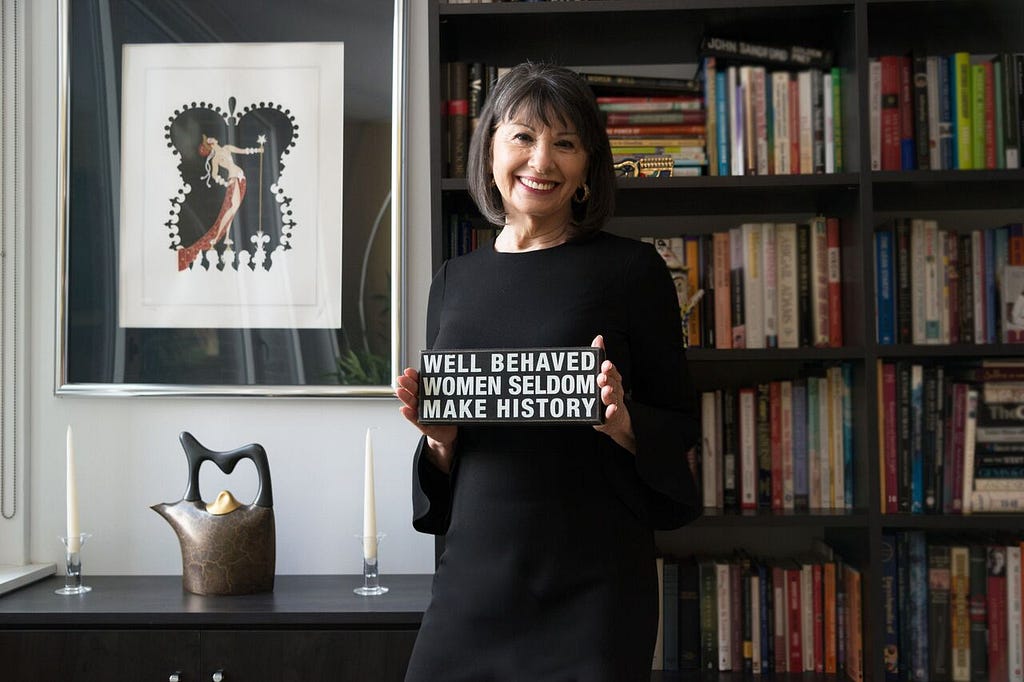

The book that taught me I could be a leader
On this day, August 12, in 1939, the film version of L. Frank Baum’s classic book The Wizard of Oz premiered in Oconomowoc, Wisconsin of all places.
The unlikely location for a premier was chosen in part because the studio was concerned it would be a flop. Well, we all know how that turned out. The Library of Congress says it’s now the most watched film in history.
But it wasn’t the Hollywood-ized and somewhat sanitized movie that dislodged my notions of what a leader could look like.
So before we get to the color of Dorothy’s shoes, let me tell you about reading the book curled up in my grandmother’s burgundy easy chairon a hot, sticky summer day when I was about eight years old. Then I read it again and again.
I was completely taken with the story of Dorothy and her rag tag band of companions including the Tin Man, the Cowardly Lion, the Scarecrow, and her dog Toto (to name only a few of the fantastical characters including good and bad witches, The Lollipop Guild, flying monkeys, and the Wizard himself — I’ll get to him in a moment).
I used my library card and those of my mother and both grandmothers so I could check out all 14 in the Oz series simultaneously. I read several of the others, but like most sequels, none came close to the first one.
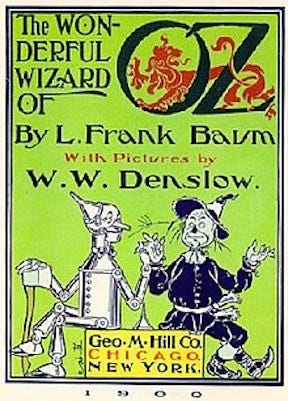
You might know the movie better than the book. My father had taken me to see the film a couple of years before when it was making a repeat run at the local movie theater. But I’m a reader. To me the words of the book were more vivid than the film’s bright yellow brick road or the sequined red shoes* that took Dorothy back to Kansas with a click of the heels.
A few years later, after the movie became a television staple, I made sure my own children watched it with me. Then, I came to appreciate the song most people remember from the film. In naming “Over the Rainbow” to its top 100 all-time best songs, Time Magazine noted that it’s often considered the greatest movie song of all time. Yet much like the studio’s timidity about launching the film, they almost cut the song because of concern that it would slow down the opening sequence too much.
Imagine what a different movie it would have been without that song and its aspirational message!
I couldn’t have articulated it at the time, but Dorothy showed me that contrary to all the male leaders I saw in the world around me, it was possible for a leader to be a she, and she could even be a kid like me.
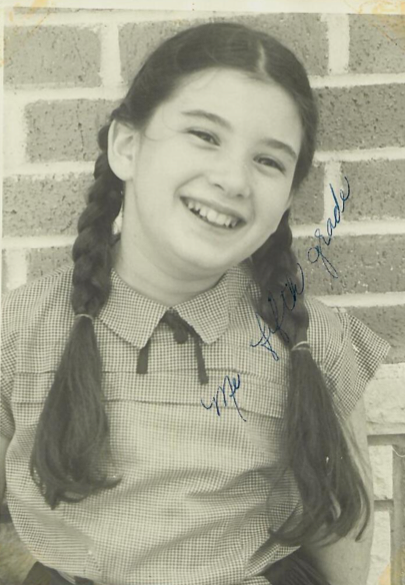
I wrote on this photo: “Me in fifth grade,” the grade I would have been in after the summer when I first read
The Wizard of Oz.
The Heroine’s Journey and the Feminist Back Story
I didn’t know then that one of the things that made the story so compelling is that the Dorothy character is an archetype navigating the classic heroine’s journey: The heroine must leave the world she has known. She faces numerous tests and must overcome them. She makes mistakes, comes close to failing, meets mentors along the way from whom she learns lessons, grows wiser and stronger. Her old self is transformed from the ordeal. At last she sees the road back and it is almost always a version of Dorothy’s “There’s no place like home.”
I didn’t know the feminist back story of The Wizard of Oz.
Baum was highly influenced by his mother-in-law Matilda Joslyn Gage. This accounts in no small way for why Dorothy is the courageous protagonist and strongest leader in the book. Gage was a leading 19th Century suffragist. According to Sally Roesch Wagner, executive director of the Matilda Joslyn Gage Foundation, Gage is the reason there are many overt and hidden feminist messages in the book.
Writes Roesch Wagner on the Foundation’s website, “It is the female leadership, spiritual and political, that runs the country, keeping the peace and seeing to the needs of the people. Glinda, the ‘good Sorceress of Oz,’ practices magic for the good of the people, while Ozma, the rightful ruler, practices politics for their good. The two women rule together.”
There are so many leadership lessons.
Dorothy pulled back the curtain on the wizard and discovered that for all his bluster, he was a humbug. Then she had the courage to confront him.
“You are a very bad man!” she exclaimed.
No, said the wizard, “I’m a good man. I’m just a very bad wizard.”
I’ve often felt like the wizard. As a leader, I’m neither omniscient not omnipotent. Our job as leaders is to help others see their own power, courage, heart, brains, and ability to get back to Kansas when they want to.
Still, Dorothy was so afraid of the wicked witch that she didn’t realize the slippers she wore had more power than the witch.
“You’ve always had the power,” Glinda, the good witch tells Dorothy at the end of her journey. When Dorothy asks why Glinda didn’t tell her that before, Glinda replies that Dorothy wouldn’t have believed her — she had to find out for herself.
And like Dorothy, women today are on a heroine’s journey. Our quest is for self-determination, equality, parity, personhood, respect, and what I call the Power TO. We are challenged to pull back the curtain on broken political systems and dysfunctional workplaces and create a new power paradigm.
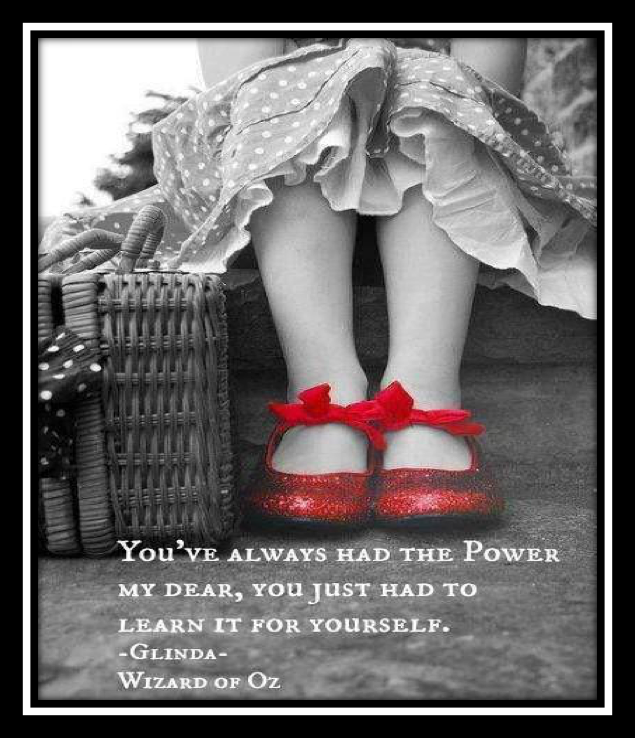
I often use this graphic in training programs to help women see that they already have all the power they need to do anything — if they have the wisdom to see it and the courage to use it.
*The answer to the question in the title is that the slippers with power to take Dorothy home were silver in the book.
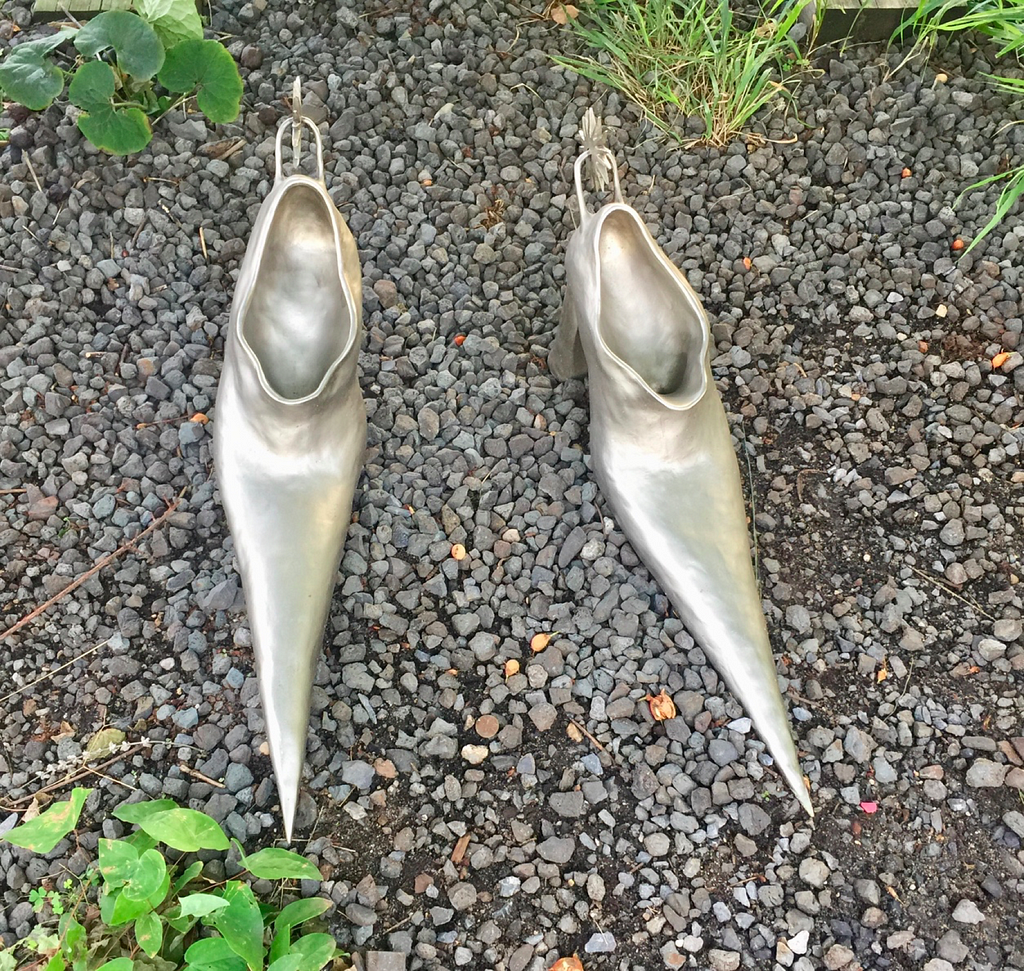
I snapped these slippers on the Highline in New York — the fact that an artist knew this tidbit made me very happy.
So click those slippers of whatever color you choose, and let’s get going.
